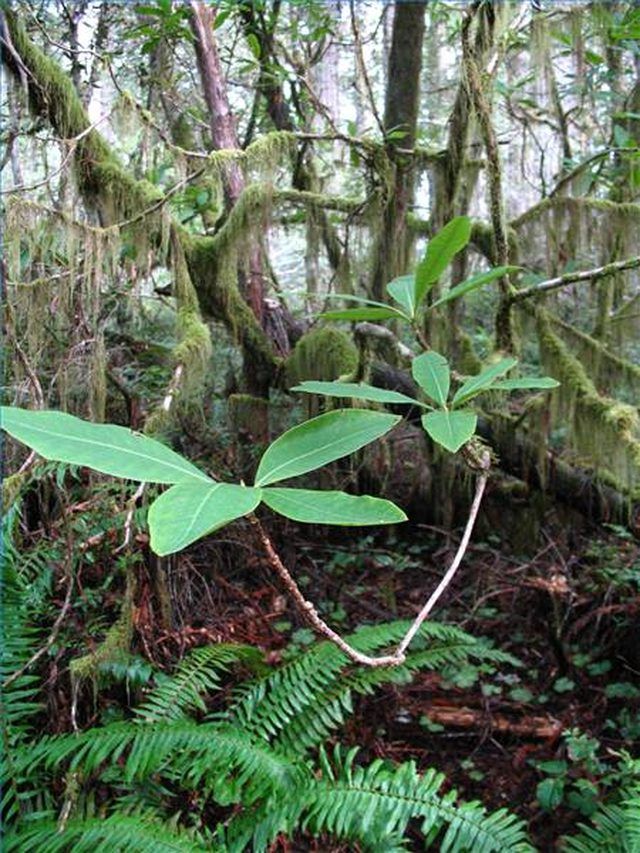Bulbs
Flower Basics
Flower Beds & Specialty Gardens
Flower Garden
Garden Furniture
Garden Gnomes
Garden Seeds
Garden Sheds
Garden Statues
Garden Tools & Supplies
Gardening Basics
Green & Organic
Groundcovers & Vines
Growing Annuals
Growing Basil
Growing Beans
Growing Berries
Growing Blueberries
Growing Cactus
Growing Corn
Growing Cotton
Growing Edibles
Growing Flowers
Growing Garlic
Growing Grapes
Growing Grass
Growing Herbs
Growing Jasmine
Growing Mint
Growing Mushrooms
Orchids
Growing Peanuts
Growing Perennials
Growing Plants
Growing Rosemary
Growing Roses
Growing Strawberries
Growing Sunflowers
Growing Thyme
Growing Tomatoes
Growing Tulips
Growing Vegetables
Herb Basics
Herb Garden
Indoor Growing
Landscaping Basics
Landscaping Patios
Landscaping Plants
Landscaping Shrubs
Landscaping Trees
Landscaping Walks & Pathways
Lawn Basics
Lawn Maintenance
Lawn Mowers
Lawn Ornaments
Lawn Planting
Lawn Tools
Outdoor Growing
Overall Landscape Planning
Pests, Weeds & Problems
Plant Basics
Rock Garden
Rose Garden
Shrubs
Soil
Specialty Gardens
Trees
Vegetable Garden
Yard Maintenance
Why Is Chlorophyll Important to Plants?
Why Is Chlorophyll Important to Plants?. Chlorophyll is a green pigment found in most plants, which gives them their green color. Chlorophyll is part of the photosynthesis process.

Chlorophyll is a green pigment found in most plants, which gives them their green color. Chlorophyll is part of the photosynthesis process.
History
In the late 1700s, through experiments by European scientists, photosynthesis was discovered. Chlorophyll is an important part of photosynthesis.
Significance
Chlorophyll is a molecule that is considered a photoreceptor. Without chlorophyll, plants would not be able to produce food.
Process
Chlorophyll pigments are able to absorb light, and in combination with proteins, transfer the energy into food for the plant.
Benefits
Through the process of photosynthesis, plants produce oxygen for us to breathe.
Considerations
Without enough light during fall and winter, leaves change colors because of the loss of chlorophyll.
Fun Fact
Chlorophyll is used in cooking preparation to create green coloring and also for its health benefits, such as high levels of vitamin B12.